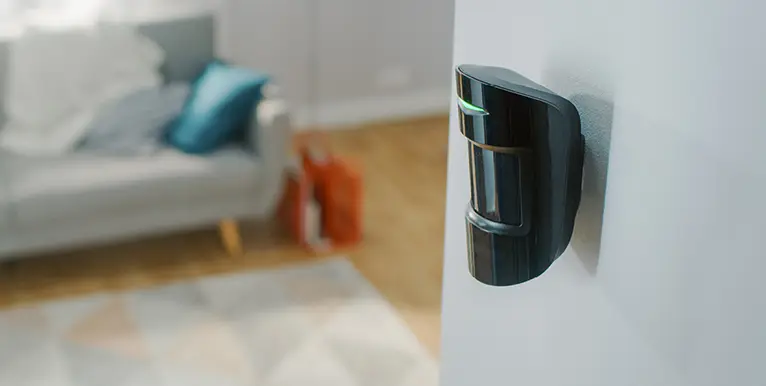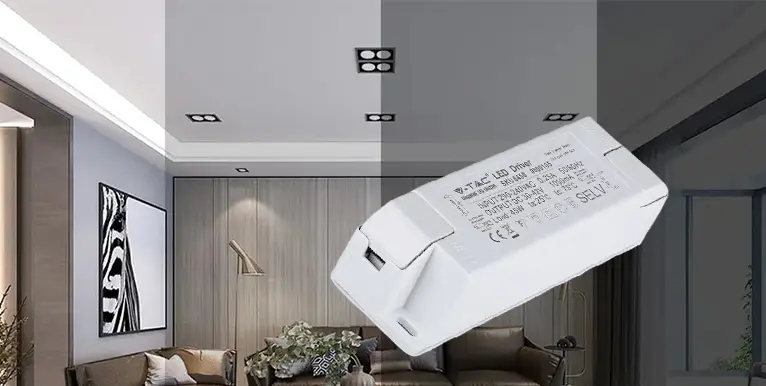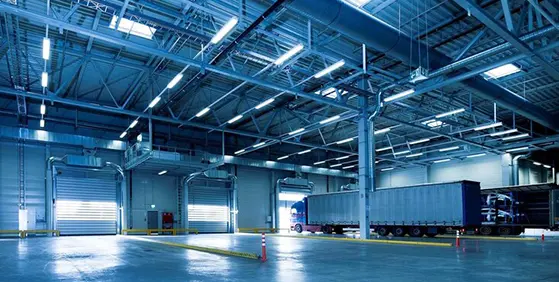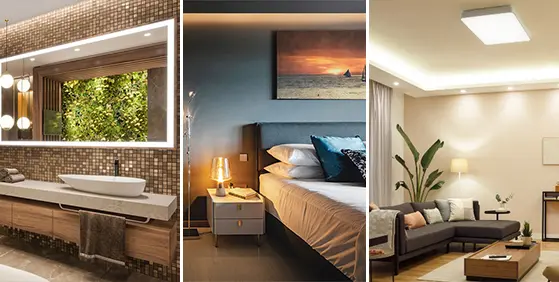How to Choose an LED floodlight?
This guide will help you choose the best LED floodlight for your needs, and what factors you need to consider. It will show the equivalent measurements between lumens and wattage and the areas that each measurement can cover. It will also describe how you can connect your new floodlight and answer some FAQs.
What is a floodlight?
What is a PIR floodlight?
How to choose an LED floodlight?
How to Install Outdoor LED Flood Lights?
LED Floodlights Watts Equivalent Table
FAQs

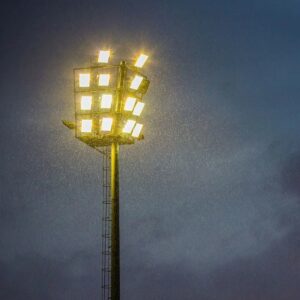

What is a floodlight?
Floodlights are broad-beamed artificial lights that cover a large area with bright light. They have traditionally been used as outdoor security lights, however, businesses are increasingly using them to illuminate their premises to entice customers. Their versatility is also appreciated by garden designers and homeowners, who find them perfect for highlighting their best features.



What is a PIR floodlight?
PIR stands for passive infrared. PIR floodlights help save you money and energy because their passive infrared sensors are activated by movement, so the light is only turned on when movement is sensed.



How to choose an LED floodlight?
When looking for the best LED floodlight, bear in mind why you are going to be using it. Whether it is to provide mood lighting to a particular area, to provide security to deter thieves, or to provide task lighting, such as sports stadiums or car parks. You can even take a floodlight with you on camping holidays, and our selection of rechargeable and portable floodlights are ideal. Alternatively, if you want to create a stunning effect in your home or garden, our RGB floodlights can be supplied with remote control, so you can change the colour or dim the light as required.
Factors to bear in mind when choosing an LED floodlight
- First, decide what the floodlight is being used for – is it purely decorative, just for security purposes, or both? This will help you to choose the best position for your floodlight.
- You also need to decide the size, and how many lumens you need for your floodlight.
- Floodlights also come in different colour temperatures, from warm to cool light. This is a key factor if you are choosing a floodlight for aesthetic reasons. The colour of a light is measured in Kelvin, and the light appears whiter with a higher Kelvin temperature. Household lights generally fall between 400 and 3,000 lumens. Lights for industrial uses are usually between 4,000, all the way up to 24,000 lumens.
- You can also consider the angle of your beam. We supply lights with a beam of just 45 degrees, right up to one that will cover 180 degrees. This is an important consideration if you have neighbours that may be disturbed by light.
- Lumen requirements: How many lumens you need will depend on what the light is being used for, and what kind of property. A home or garden will need a lot less brightness than a business or stadium. An area of about 200 square feet will need a light of between 762 and 1524 lumens.
- Wattage vs lumens: Although wattage has been the standard measurement of light output for incandescent bulbs, an LED light bulb is about 8 times lighter per wattage. So, it is much better to think in terms of lumens, which is a measurement of brightness, than wattage.
The best outdoor security light is the one that meets your specific requirements. They come in all shapes and sizes and are used for a wide variety of purposes and properties. If you need a floodlight for a car park, for example, you will need a very different floodlight to one that you may want to highlight a statue in your garden.
Which floodlight is the best for you depends on several factors – including where you want to situate the light, and what you want it to illuminate. Contact us via email at [email protected] and our friendly and professional team will be able to advise you.
How to Install Outdoor LED Flood Lights (including PIR LED Floodlight)?
You may want to use an electrician to install flood lights, depending on where you want it installed. However, if you have basic DIY knowledge, you may find the installation of our floodlights easy. The steps for connecting your new floodlight include:
- Choose your location: Decide where you want to install the floodlight.
- Confirm the position of the fixing holes using the light bracket. For a PIR floodlight, use the PIR garden light bracket to mark the position of the fixing holes.
- Use a drill to attach the fixing holes and hold the floodlight in position.
- Connect the waterproof terminal box IP68 to the mains lead and ensure that the correct polarities are observed for Live, Earth and Neutral, i.e.:
- Connect the earth wire (green and yellow) to the earth terminal (E).
- Then, connect the live wire (brown) to the live terminal (L).
- Finally, connect the blue wire (neutral) to the neutral terminal (N).
- When you have finished wiring, make sure that no wires have been left bare, they have all been correctly connected and the cable restraint is sufficiently tightened.
- Switch on the electricity to check that the floodlight illuminates. Additionally, you can adjust the angle of the led security floodlight so that it illuminates the required area.
- The last step is to tighten the brackets for the floodlight, and you are all done!
- Manual Override Option
- To override the PIR mode, switch the garden sensor light on for 10 seconds. Next, switch it off and back on, very quickly. As a result, the unit will now stay on until it is manually switched off.
- To return the unit back to PIR mode, switch the floodlight off for 10 seconds and then back on. Again, the floodlight is now back in PIR mode.
LED Floodlights Watts Equivalent Table
| LED Wattage | HID Equivalent | Lumens | Application Areas |
| 10W | 50W | 900 lumens | Small – footpaths or doorways |
| 15W | 50W | 1663 lumens | Small – footpaths or doorways |
| 30W | 100W | 3720 lumens | Small – footpaths or doorways |
| 50W | 150W | 6180 lumens | Medium – small yards or driveways |
| 80W | 300W | 10340 lumens | Medium – small yards or driveways |
| 100W | 300W | 13500 lumens | Large – Parking lots or roadways |
| 150W | 400W | 20250 lumens | Large – Parking lots or roadways |
| 230W | 750W | 31050 lumens | Large – Parking lots or roadways |
| 300W | 1000W | 40500 lumens | Large – Parking lots or roadways |
| 400W | 1500W | 50200 lumens | Industrial – Airports or highways |
FAQs
Do you need a junction box for the floodlight?
No, all our floodlights come with an in-built junction box.
Do you need planning permission for floodlights (including portable floodlights)?
You do not need planning permission, however, please ensure that your floodlights will not cause a nuisance to neighbours. You may also need to seek advice if your building is listed.
What is the difference between a spotlight and a floodlight?
Floodlights are so-called because they ‘flood’ an area with light and are generally characterised by their wide beams. Spotlights are usually used to highlight particular features, and as such usually have beam angles of 45 degrees or less.
How much do floodlights cost to run?
This obviously depends on how much the floodlights are turned on, but for a 100W floodlight, it uses 0.10 KW per hour which costs just 2 pence per hour. Installing PIR floodlights will ensure that the lights are only on when they are needed, thus reducing costs even further.
Hopefully, this guide has provided some inspiration for you to buy some new floodlights and answered some queries you may have about which ones to choose and their installation. If you have any further questions or would like some more guidance, contact us and our friendly, professional team will be happy to help.



